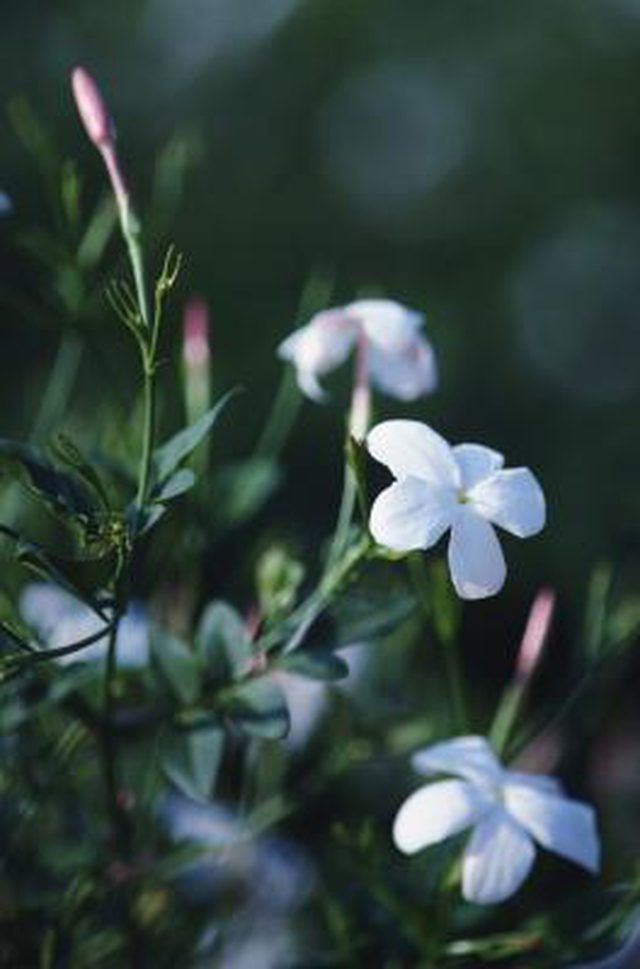Bulbs
Flower Basics
Flower Beds & Specialty Gardens
Flower Garden
Garden Furniture
Garden Gnomes
Garden Seeds
Garden Sheds
Garden Statues
Garden Tools & Supplies
Gardening Basics
Green & Organic
Groundcovers & Vines
Growing Annuals
Growing Basil
Growing Beans
Growing Berries
Growing Blueberries
Growing Cactus
Growing Corn
Growing Cotton
Growing Edibles
Growing Flowers
Growing Garlic
Growing Grapes
Growing Grass
Growing Herbs
Growing Jasmine
Growing Mint
Growing Mushrooms
Orchids
Growing Peanuts
Growing Perennials
Growing Plants
Growing Rosemary
Growing Roses
Growing Strawberries
Growing Sunflowers
Growing Thyme
Growing Tomatoes
Growing Tulips
Growing Vegetables
Herb Basics
Herb Garden
Indoor Growing
Landscaping Basics
Landscaping Patios
Landscaping Plants
Landscaping Shrubs
Landscaping Trees
Landscaping Walks & Pathways
Lawn Basics
Lawn Maintenance
Lawn Mowers
Lawn Ornaments
Lawn Planting
Lawn Tools
Outdoor Growing
Overall Landscape Planning
Pests, Weeds & Problems
Plant Basics
Rock Garden
Rose Garden
Shrubs
Soil
Specialty Gardens
Trees
Vegetable Garden
Yard Maintenance
Is a Jasmine a Perennial Plant?
Is a Jasmine a Perennial Plant?. Jasmine -- plants that belong to the Jasminum species -- grow as vines or shrubs. A wide variety of jasmine plants exist. All of them flower on a perennial basis and thrive in warmer climates with full sun.

Jasmine -- plants that belong to the Jasminum species -- grow as vines or shrubs. A wide variety of jasmine plants exist. All of them flower on a perennial basis and thrive in warmer climates with full sun.
Perennials
Being a perennial vine means that plants belonging to the Jasminum species grow each year -- which means you don't have to replant them each season. While the flowers may die during the winter, the roots of Jasminum vines stay alive.
Types
The term "jasmine" may refer to a number of flowers. Types of jasmine include Jasminum officinale or poet's jasmine; Jasminum nudiflorum or winter jasmine and Jasminum floridum or showy jasmine. The Clemson University Cooperative Extension lists several other varieties of jasmine that are subtropical: downy, Italian, Spanish, South African and primrose jasmine.
Identification
You can identify Jasmine officinale, or poet's jasmine, by its 1-inch white flowers that bloom during the summer and fall. The vines grow up to 15 feet and produce leaves with five to nine leaflets, according to the Clemson Cooperative Extension website. Jasminum nudiflorum, or winter jasmine, is a shrub-like vine that produces 1-inch yellow flowers. Unlike the flowers on poet's jasmine, winter jasmine flowers do not possess a strong scent. They bloom during winter and the early parts of spring. Jasminum floridum, or showy jasmine, is similar to winter jasmine. Its flowers resemble and smell like the flowers on winter jasmine vines, but bloom from April to June. The vines produce dark green leaves that last longer than the leaves of winter jasmine plants.